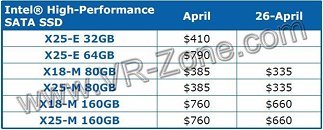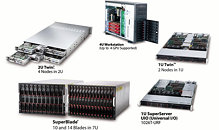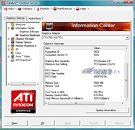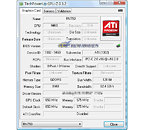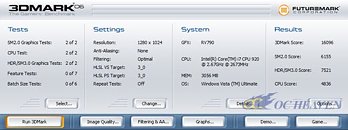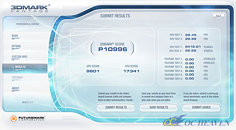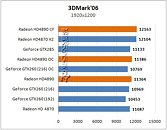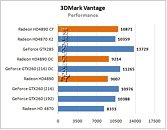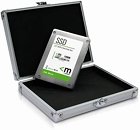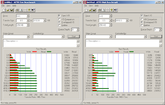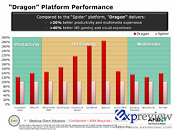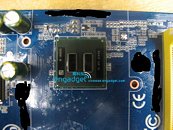Solid-state drives are relatively new technology for anyone of us, and up until now we've heard only good things about them. They are fast, small, they have no moving parts, but what happens after extensive use of the flash memory that is incorporated in them? Yesterday a review was posted over at PC Perspective, entitled "
Long-term performance analysis of Intel Mainstream SSDs". According to the information posted, it appears that Intel's X25-M MLC SSD drives may degrade in performance after a period of time when they are put to extensive use. PC Per claims that once an Intel solid-state drive is used, after a period of time it will no longer be as fast as a new one, neither its rated transfer speeds will be the same.
In response, Intel stated today: "Our labs currently have not been able to duplicate these results," "In our estimation, the synthetic workloads they use to stress the drive are not reflective of real world use. Similarly, the benchmarks they used to evaluate performance do not represent what a PC user experiences." Intel also said: "In general, when a PC's drive (SSD or HDD) is full, there will be some reduction in system performance, however the performance reduction reported by PC Perspective is higher than we generally expect, which is why we are looking into the methodology."
We'll keep you posted if there's new information on the matter.

